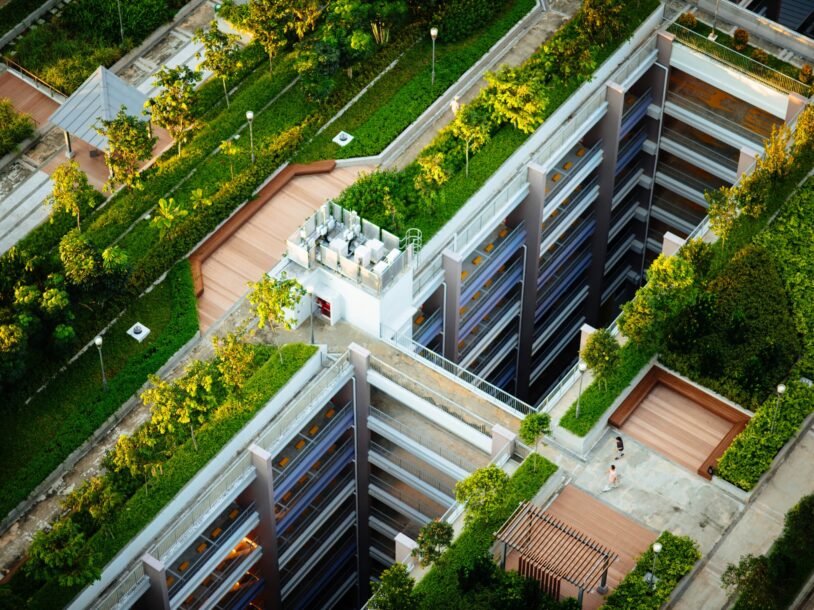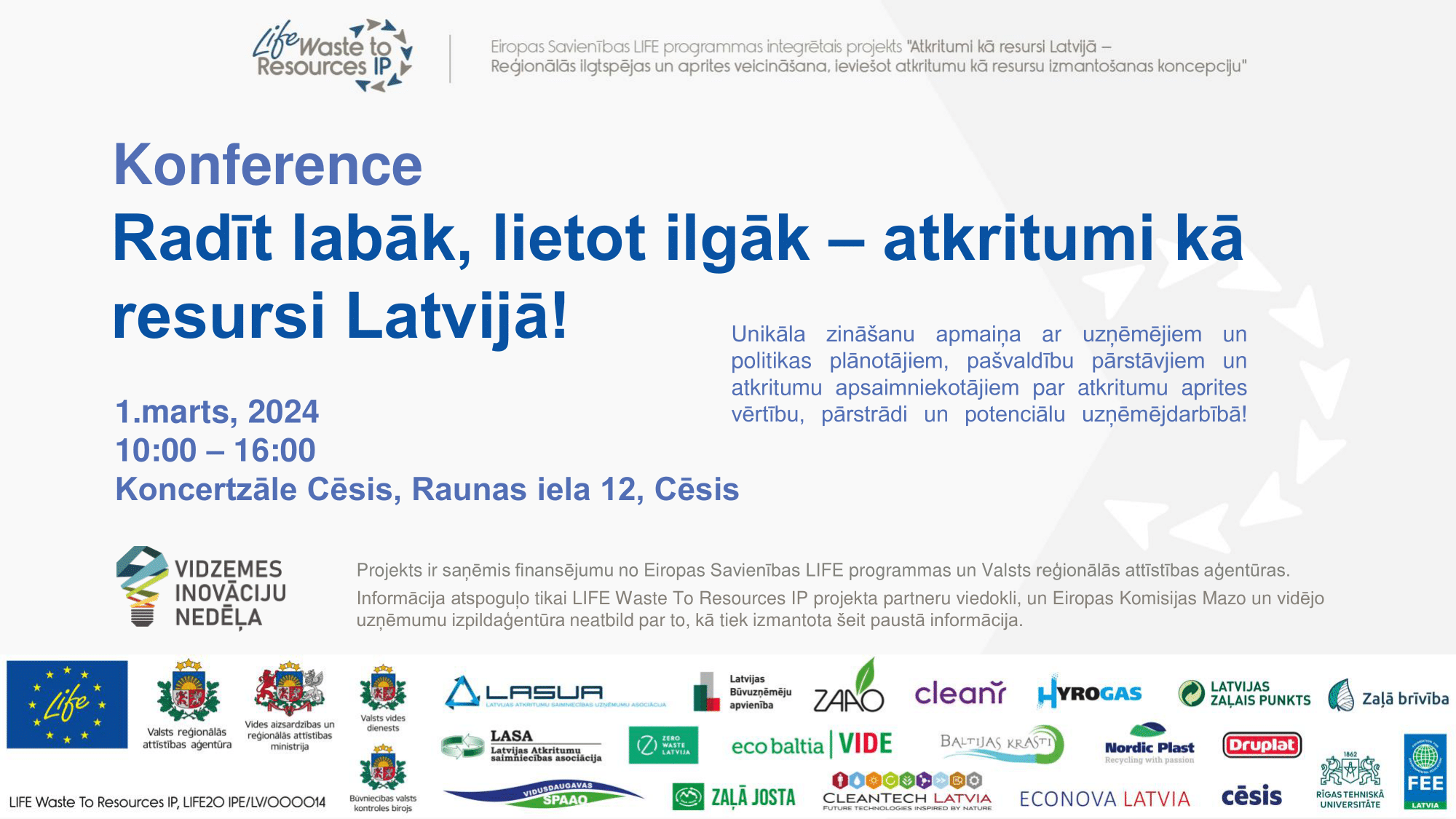25.02.2024
Recycling and use of construction waste ends up in a regulatory trap

To discuss the untapped opportunities in the life cycle of construction waste, the representatives of the Latvian Construction Association will participate in the conference “Creating Better, Using Longer – from Waste to Resources in Latvia”, which will take place at Cēsis Concert Hall on 1 March.

EU Member States are looking for safe ways to recover materials from construction waste that can be used in the industry, to reuse construction materials and to reduce construction waste in the future. Latvia’s different levels of economic wellbeing and fluctuating construction volumes make this task particularly challenging. There are opportunities, but also many obstacles: the volume of the flow of recycled secondary resources generated by the sector is not sufficient for industrial production capacity; material that has gained the status of waste but has not been used within a year becomes waste again; in order to regenerate the largest construction waste by weight for on-site recovery and to obtain the secondary material status the individual permits need to be obtained. All of this adds up to significantly higher costs than necessary for the purchase of new construction products and hinders the transition to a circular economy in construction.
In certain groups of construction products, where technical standards exist for the extraction of recycled materials and regulation allows them to be added to the production cycle of new construction products, the use of recycled materials is hampered by common perceptions of product design.
Last year, the Latvian Construction Association (LCA) organised a stakeholder discussion on promoting circularity in construction which highlighted both the shortcomings of the existing system and practices and the need to provide knowledge and raise awareness of the different visual properties of recovered material and methods for determining compliance with technical properties. “This conversation needs to be continued as understanding and knowledge cannot be reached in a few days. It is necessary to find reasonable solutions for the Latvian construction industry and its scale that do not compromise the environment and human health and safety,” states Brigita Ķirule-Vīksne, international consultant of the German sustainable construction certification system DGNB and the Head of the Project “Waste To Resources Latvia – boosting regional sustainability and circularity ” under the Integrted Project of European Commission LIFE Environment programme (LIFE Waste To Resources IP) at LCA.
Currently, the LCA, in cooperation with Passive House Latvia, is working on guidelines for on-site sorting of construction waste, involving a wide range of stakeholders. The guidelines are based on the Circular Economy Framework documents developed so far in the framework of the European Green Deal and the EU requirements for sustainable construction – Level(s) as a common framework of principles for sustainable construction, as well as the EU Construction and Demolition Waste Protocol and Guidelines. However, the findings of the LIFE Waste To Resources IP study, examples of the best practice of Nordic counctries and Austria cases, as well as the expertise of external experts and in particular export experience will also be taken into account. “We start with ourselves, but the LIFE Waste To Resources IP project will continue to address circularity across the whole sector – from conception and feasibility to design, construction, demolition and production of new construction products,” explains the LBA.
During the discussion in Cēsis, the LCA will jointly propose solutions for the implementation of safe and responsible, but also responsible construction practices. “Interestingly, according to the current regulation, reinforced concrete piles that are legally embedded in the foundations of bridges and buildings, after being disposed of in waste and crushed, cannot actually be used for the restoration of excavated areas or for engineering purposes in landscaping or construction, as foreseen by the Waste Management Act. Because the suitability of the fraction for use in contact with the ground is determined by methods that render crushed and screened reinforced concrete unsuitable (1). This is how the circulation efforts fall into the regulatory trap,” concludes Biruta Ķirule-Vīksne.
(1) soil quality requirements are determined by Cabinet of Ministers Regulation No 804 of 25.10.2005 “Regulations on Soil and Soil Quality Standards”
About the project LIFE Waste To Resources IP
LBA develops guidelines and proposals for the Construction Products and Construction Waste Management System in Latvia, by participating in the realisation of the European Commission LIFE Environment Programme integrated project “Waste To Resources Latvia – boosting regional sustainability and circularity”
Project website: https://wastetoresources.varam.gov.lv/
Information about the LCA activites in the project: read here
#WasteToResources

The Project “Waste To Resources Latvia – Boosting Regional Sustainability and Circularity .” (LIFE Waste to Resources IP, LIFE20 IPE/LV/000014) is implemented with the financial support of the LIFE Programme of the European Union and Latvian State Regional Development Agency.
The information reflects only the LIFE Waste to Resources IP beneficiaries’ view and the European Climate, Infrastructure and Environment Executive Agency is not responsible for any use that may be made of the information contained therein.